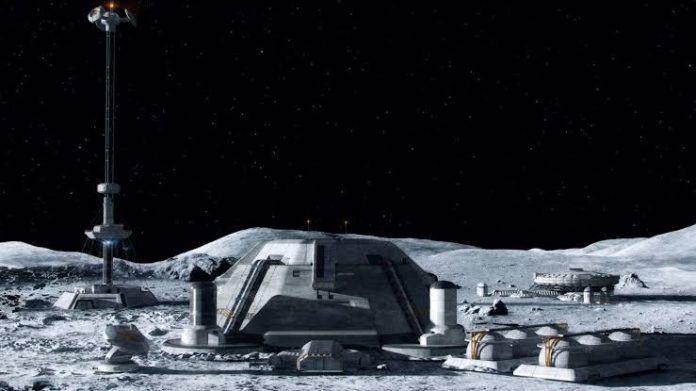The memorandum of understanding (MoU) signed between Roscosmos and CNSA in March 2021 marks a significant milestone in international lunar exploration. This partnership solidifies a commitment to collaborate on the International Lunar Research Station (ILRS), a groundbreaking endeavor aimed at advancing lunar research and technology development.
China’s contributions to the ILRS project, namely the Chang’e 6, Chang’e 7, and Chang’e 8 missions, underscore its dedication to lunar exploration and its ambition to establish a robotic lunar base capable of remote operation. These missions are strategically planned to test crucial technologies necessary for the construction and operation of a lunar outpost. With the first mission, Chang’e 6, slated for launch in May 2024, China is poised to take significant strides in lunar exploration.
Forbes has highlighted the key areas of focus for the ILRS project, which include the development of lunar landers, a jumping robot, and intelligent mini-rovers. These technologies are essential for conducting research on the lunar surface, with an emphasis on establishing communication and power systems to support future human and robotic missions.
Despite setbacks such as Russia’s failed Luna-25 mission in 2023, the collaboration between Roscosmos and CNSA continues to progress. This demonstrates the resilience and determination of the international space community to overcome challenges and pursue ambitious goals in lunar exploration.
Overall, the ILRS project represents a collaborative effort to unlock the mysteries of the Moon, laying the groundwork for future scientific discoveries and potential human exploration beyond Earth’s orbit. Through strategic partnerships and technological innovation, countries like China and Russia are leading the way in shaping the future of lunar exploration.


